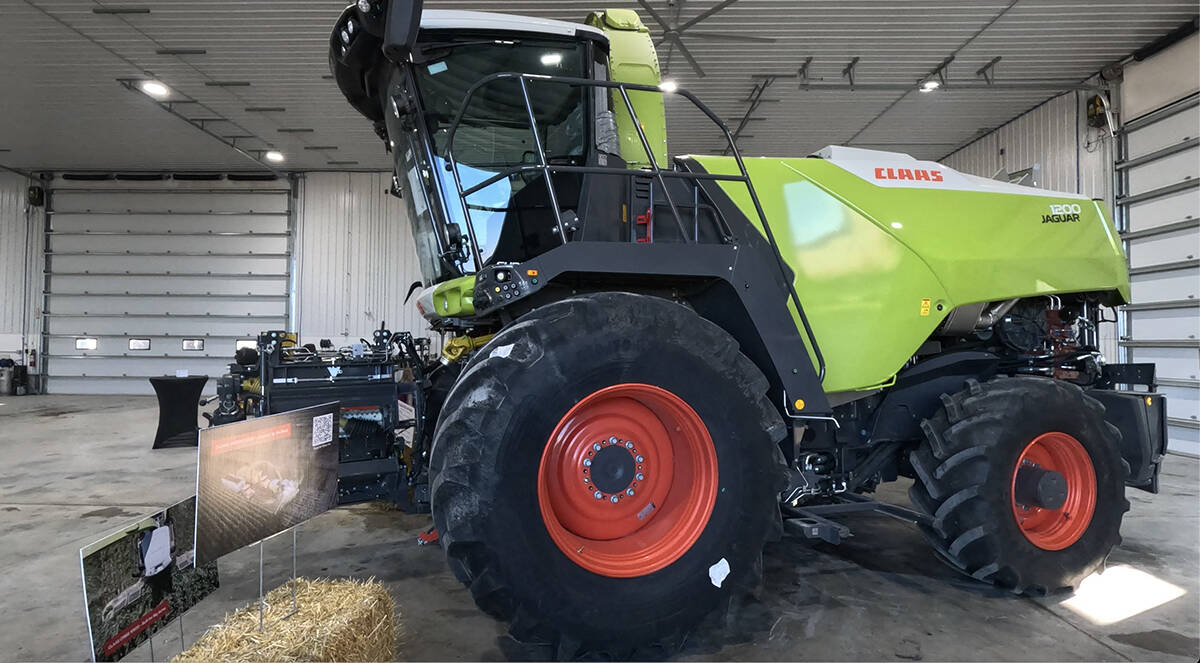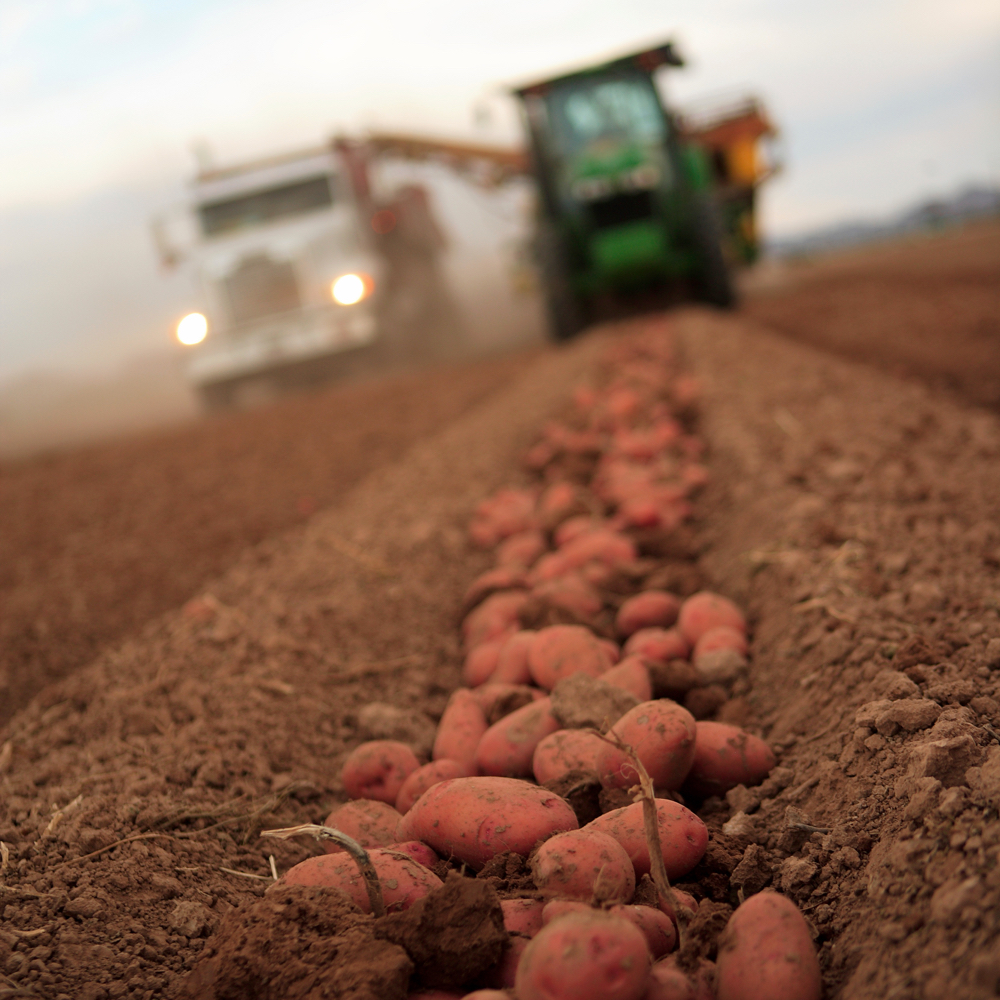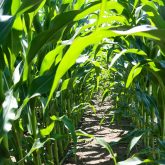Tar spot jumped to the eastern side of Ontario in 2024, and the corn growing areas that don’t have it, likely do now — it just hasn’t been detected.
Such is the state of the latest fungal disease that has come to dominate most of the corn leaf disease conversation in the province.
Why it matters: Tar spot can rob farmers of corn yields of 20 to 80 bushels per acre.
Read Also

Claas brings 1000 Series SP forage harvesters to Canada
In mid-August, Claas unveiled its new line of Jaguar forage harvesters at an event in Visalia, California, deep in the heart of that state’s dairy region.
“We saw the jump (of tar spot) onto the other side of Toronto, into central Ontario as well as into Quebec,” said Albert Tenuta, OMAFA’s field crop pathologist at the recent Southwest Agricultural Conference in Ridgetown.
The disease will overwinter once it’s here, but don’t discount what’s happening in the United States each growing season, he said.
Weather patterns are critical to understanding both regional and local risk.
The Tarspotter app is a good resource to use to stay on top of trends and risk levels.
“Besides that local infection, that local build up of those spores and the tar spot risk, we have that big sink of spores in the U.S., so it can drive and increase our risk for tar spot early on in the season,” said Tenuta.
Infection on lower parts of the corn plants means the infection is likely coming from residue in the field, but when it shows up first in the top of the plant, more likely it’s being blown in from elsewhere.
Two to three weeks after infection the tar spot lesions will show up.
When leaves are regularly damp, the disease will multiply quickly. Not a lot of spores are needed.
When leaves are wet for seven hours at relatively a humidity of 75 per cent and the daytime temperatures are cool, from 17 to 23 C, the conditions are good for tar spot to form.
Wetter conditions in the summer can keep the disease snowballing, even if the temperatures are warmer.
Seventy-five per cent humidity is a regular day in southern Ontario in the growing season, said Tenuta. Numbers from Rodney, Ont., where there has been plenty of tar spot pressure, show that in 2021, 2023 and 2024, there were from 84 to 87 days out of 91 measured with favourable conditions for tar spot growth.
Conditions were drier in 2022.
Trials at Rodney in 2021, 2023 and 2024 saw losses of 40 to 60 bushels of corn from tar spot.
How to manage tar spot
Fungicides are the main way to deal with tar spot for now. Tar spot means growers have two reasons to spray a fungicide, said Tenuta, as they also protect against gibberella ear rot, which leads to DON infection in kernels, and rejected loads of corn.
“DON is still our top priority because of the impact it can have, not so much on yield but on the marketability of things.”
Fungicides to manage gibberella ear rot are applied at the R1 silking stage, whereas for tar spot it’s a larger range from the 12th leaf to R2 or R3. Spraying around R1 has been most consistently useful for tar spot control versus spraying too much earlier.
Knowing how a hybrid develops and its susceptibility to tar spot can help understand when to time application.
“Once you start seeing yellowing, the chlorosis on the leaves around those tar spot lesions, you’re starting to lose quite a bit of yield at that point.”
Yield response to fungicides varies, but is generally around 20 bushels per acre, but some trials have seen up to 80 bushels per acre saved when using a fungicide.
Ground and aerial application both work, although there are lots of example of striping in fields where the application was not precise enough. Both helicopters and planes do a good enough job, said Tenuta.
Other management options
There are differences among hybrids but a good selection of tolerant hybrids is not yet available, so make sure not to lose yield for another reason just because a hybrid is tolerant to tar spot. Tolerant hybrids have smaller lesions and those stoma produce fewer spores and are longer to release, which Tenuta said means delay in development of the disease. However, the Ontario Corn Performance trial data didn’t show any completely tolerant hybrids, and a lot of hybrids that are susceptible. Changing plant population to reduce density hasn’t yet been shown to have an effect, from research conducting in the United States.
Tillage and removing infected residue hasn’t been shown to have an effect on the next season’s tar spot infections, according to research at universities in Wisconsin, Michigan and Illinois, said Tenuta, although some people make the decision to plow down infected stalks.
In areas where tar spot is endemic, crop rotation won’t have that much of an effect either, as it’s in the nearby environment and will move with wind and moisture.















